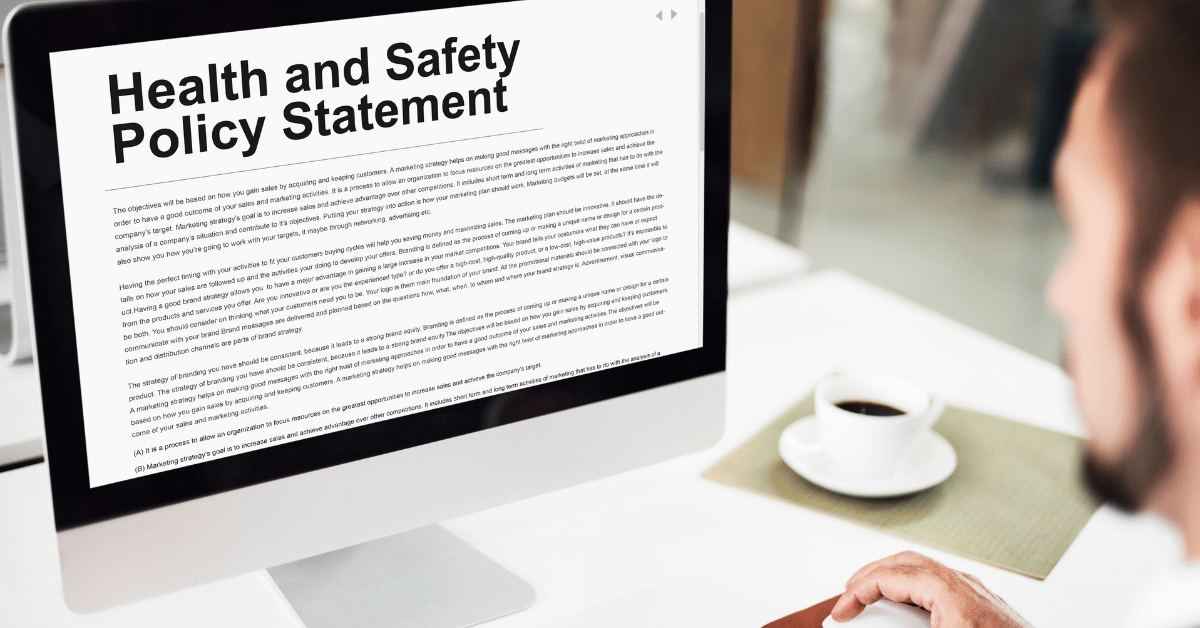In an age defined by the velocity of information and the depth of medical advancement, an agence de presse medicale —a medical news agency—stands as a pivotal player between scientific discovery and public awareness. Whether decoding clinical trials, announcing pharmaceutical breakthroughs, or covering health crises, these agencies provide the informed bridge between complex data and everyday understanding. Their responsibility goes beyond reporting; it includes verification, contextualization, and ethical mediation. For researchers, clinicians, patients, and policymakers alike, the reliability of medical news often hinges on the invisible labor of these agencies.
This article explores the origin, operation, ethical responsibilities, modern challenges, and growing influence of agences de presse médicale, while demystifying their relevance in today’s healthcare environment.
Table: Core Functions of an Agence de Presse Médicale
| Function | Description | Stakeholders Served |
|---|---|---|
| News Distribution | Publishing timely, verified medical updates | General public, journalists |
| Clinical Research Reporting | Translating findings into layman-friendly reports | Scientists, investors, health professionals |
| Crisis Communication | Real-time reporting during epidemics, recalls, and emergencies | Governments, hospitals, public |
| Policy Impact Analysis | Interpreting new laws or medical policies | Policy analysts, NGOs |
| Expert Interviews | Bridging opinions between experts and the public | Academia, patients |
| Educational Outreach | Raising health literacy | Schools, NGOs, rural communities |
| Monitoring Misinformation | Debunking false medical claims and pseudoscience | Online platforms, media outlets |
The Evolution of Medical News Agencies: From Bulletin to Multimedia
The origins of medical news agencies date back to the early 20th century, with bulletins circulated among universities and hospitals. Back then, information flow was largely unidirectional: academic institutions released findings, and only specialized publications relayed them. By mid-century, with the rise of global institutions like the WHO and the advent of television, the demand for timely medical news surged. The AIDS crisis, SARS, and the H1N1 pandemic fundamentally changed the public’s expectation of how fast and how clearly medical information should be delivered.
The 21st century ushered in digital platforms, social media, and AI-driven tools—expanding the reach of agences de presse médicale while also increasing their responsibilities. What once was a monthly publication is now a minute-by-minute newsfeed, with each headline requiring accuracy, ethics, and clarity.
Defining the Agence de Presse Médicale: More Than Just News
A medical press agency is not a mere content distributor. It is a knowledge translator, science communicator, ethics watchdog, and cultural interpreter. The role involves four critical dimensions:
1. Scientific Accuracy
The first principle is ensuring factual accuracy. Every study cited must be peer-reviewed. Every data point must be interpreted within its limitations. When lay publications or influencers misquote findings, agences de presse médicale step in to restore context.
2. Health Literacy Enhancement
Beyond reporting, agencies engage in educational missions. This includes breaking down jargon-heavy publications into digestible news for the public, especially in underserved or multilingual populations.
3. Ethical Mediation
Medical reporting isn’t free from dilemmas. How do you report on unproven treatments without spreading false hope? How do you protect patient privacy when telling compelling recovery stories? Medical agencies create internal codes of ethics to navigate this terrain.
4. Real-Time Crisis Response
In pandemics or emergencies, agencies become lifelines. Their reports direct policy shifts, emergency responses, and international collaborations. For example, during COVID-19, the timeliness and clarity of agency briefings shaped global decisions.
Who Uses a Medical Press Agency?
Stakeholders of agences de presse médicale are as diverse as the health sector itself.
- Physicians and Healthcare Workers rely on agencies for updates on clinical protocols, treatments, and technologies.
- Patients and Caregivers benefit from simplified, verified information they can trust in an internet full of misinformation.
- Government Bodies and Public Health Officials use agency reports to forecast public response and craft health policies.
- Journalists depend on agencies as primary sources for scientific accuracy.
- Academics and Researchers monitor agencies for coverage of new trials and publications that impact grant funding and peer collaboration.
Operational Framework: How a Medical Press Agency Works
Understanding the internal structure reveals the depth of their operations:
1. Editorial Teams
Consisting of medically trained journalists, editors review every piece of content for factual accuracy, language clarity, and ethical framing.
2. Scientific Advisors
These are MDs, PhDs, and public health experts who vet high-impact content and ensure peer-reviewed standards.
3. Content Translators
Often multilingual, these experts repackage content in different languages while preserving nuance.
4. Fact-Check Units
A growing department, especially in the misinformation age, tasked with identifying and correcting fake news related to medicine.
5. Digital Distribution Units
Managing social media, mobile alerts, video reports, and interactive platforms.
Challenges in the Modern Age: The Double-Edged Sword of Speed
Speed has become a virtue and a curse in medical journalism. The faster an agency reports, the higher its visibility—but also, the greater its risk of error.
Some recurring challenges include:
- Preprint Pitfalls: Many studies are released as preprints, meaning they haven’t undergone peer review. Agencies must decide if and how to report these.
- Politicization of Medical News: Vaccine rollouts or pandemic responses are deeply political. Agencies must remain apolitical and evidence-driven.
- Infodemic Management: With every accurate post, there are ten misleading ones. Fighting fake news is now part of the agency’s core duty.
- Monetization Pressure: As nonprofit agencies compete with ad-based platforms, there’s a temptation to chase clicks over facts – agence de presse medicale.
Global Case Studies: How Agencies Shape Healthcare
Case 1: France’s COVID-19 Coverage
In 2020, a French agence de presse médicale pioneered a model of “daily digest reports” for clinicians. These real-time bulletins became the backbone for ICU protocols in French-speaking hospitals.
Case 2: Africa’s Vaccine Reporting
A pan-African medical news consortium worked across 17 countries to translate WHO vaccine information into five local languages, using radio and mobile messages.
Case 3: India’s Misinformation Hotspot
With rampant COVID-related misinformation in WhatsApp groups, a regional agency started a “medical mythbuster” column, which reached 4 million users monthly – agence de presse medicale.
The Future of Medical News Agencies: Tech, Trust, and Transformation
AI and Medical Reporting
Artificial Intelligence is being used for summarizing complex studies, translating content in real-time, and generating data visualizations. But editorial oversight remains non-negotiable.
Blockchain for Data Integrity
To verify the authenticity of sources and timestamps, some agencies are exploring blockchain-based publication systems.
Community-Centric Journalism
Agencies are involving patient voices more actively, bringing lived experiences into the storytelling arc.
Mental Health Journalism
The stigma around mental health is being challenged by agencies through sustained, trauma-informed reporting.
Ethics and Accountability: Staying True to the Hippocratic Spirit
Modern agences de presse médicale operate under codes modeled after journalistic and medical ethics – agence de presse medicale. These include:
- Non-Sensationalism: No overhyping results or medical interventions.
- Disclosure of Conflicts of Interest: Any funding from pharmaceutical companies must be transparently declared.
- Consent and Privacy: Patient stories require informed consent and anonymity protocols.
Why It Matters: Rebuilding Trust in a Distrustful Era
With rising vaccine skepticism, alternative medicine movements, and health-related conspiracy theories, the work of a medical news agency becomes ever more sacred. Where institutions are distrusted, agencies must be both transparent and authoritative. Their ability to democratize access to health information—regardless of geography, literacy, or internet speed—makes them crucial agents of global health equity.
Final Thoughts: Information as Immunization
In the digital bloodstream of our world, misinformation is a virus, and knowledge is the vaccine. Agences de presse médicale are the inoculators—guardians of truth, translators of science, and defenders of public health.
Their role is no longer optional. It is vital.
FAQs
What is the primary function of an agence de presse médicale?
To report verified, accessible, and ethical medical news for the general public, healthcare professionals, and policymakers.
Are medical press agencies only for doctors?
No, they serve diverse audiences including patients, journalists, educators, and governments by making medical info understandable.
How are these agencies different from general news outlets?
They specialize in science-backed, health-related reporting with deep editorial and ethical oversight.
Can you trust these agencies over social media health influencers?
Yes, because they operate under strict peer-review, verification, and medical ethics unlike unverified online personalities.
How do they handle controversial topics like vaccines or new drugs?
They rely on verified studies, quote multiple experts, and avoid sensationalism while presenting balanced, evidence-driven views – agence de presse medicale.











